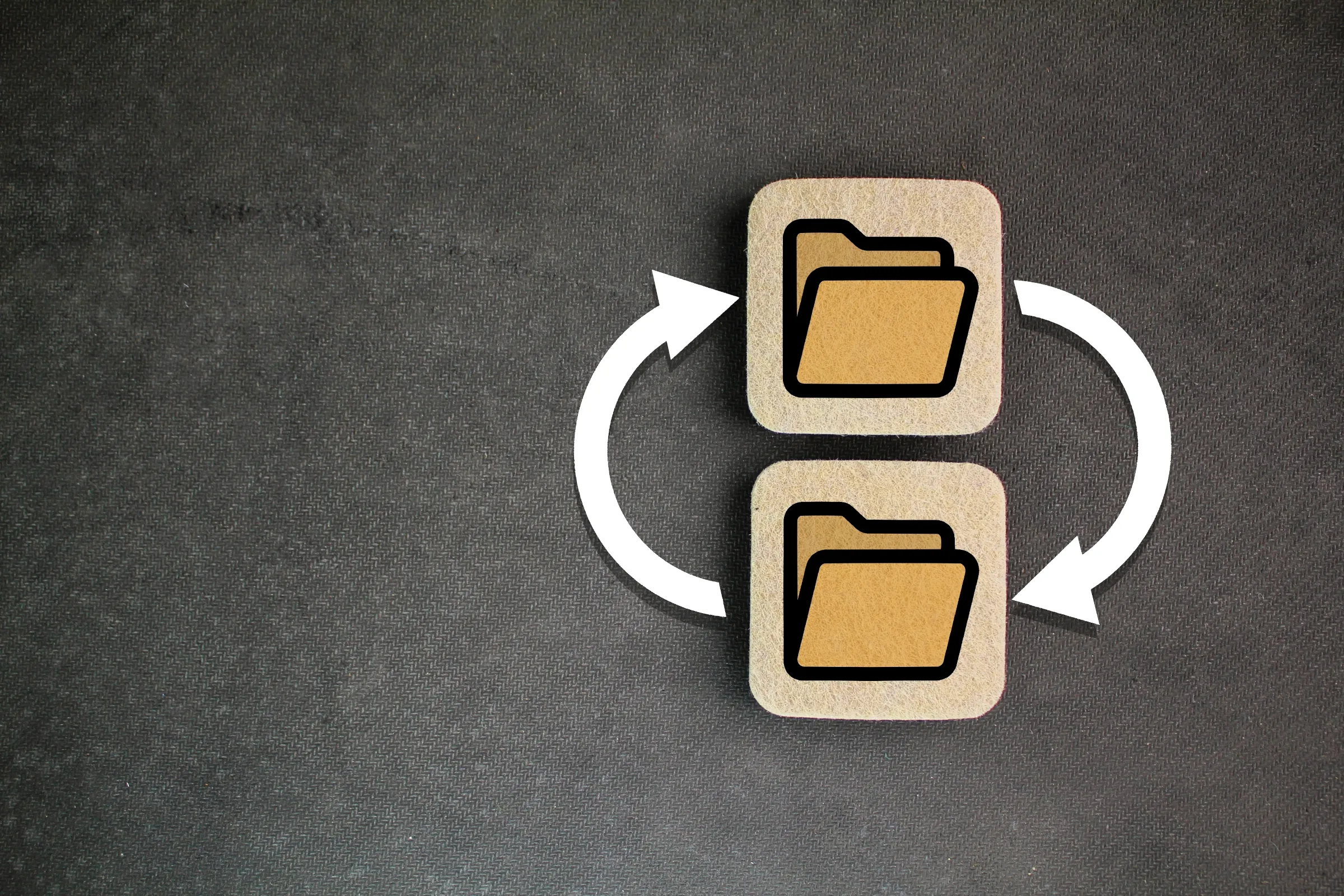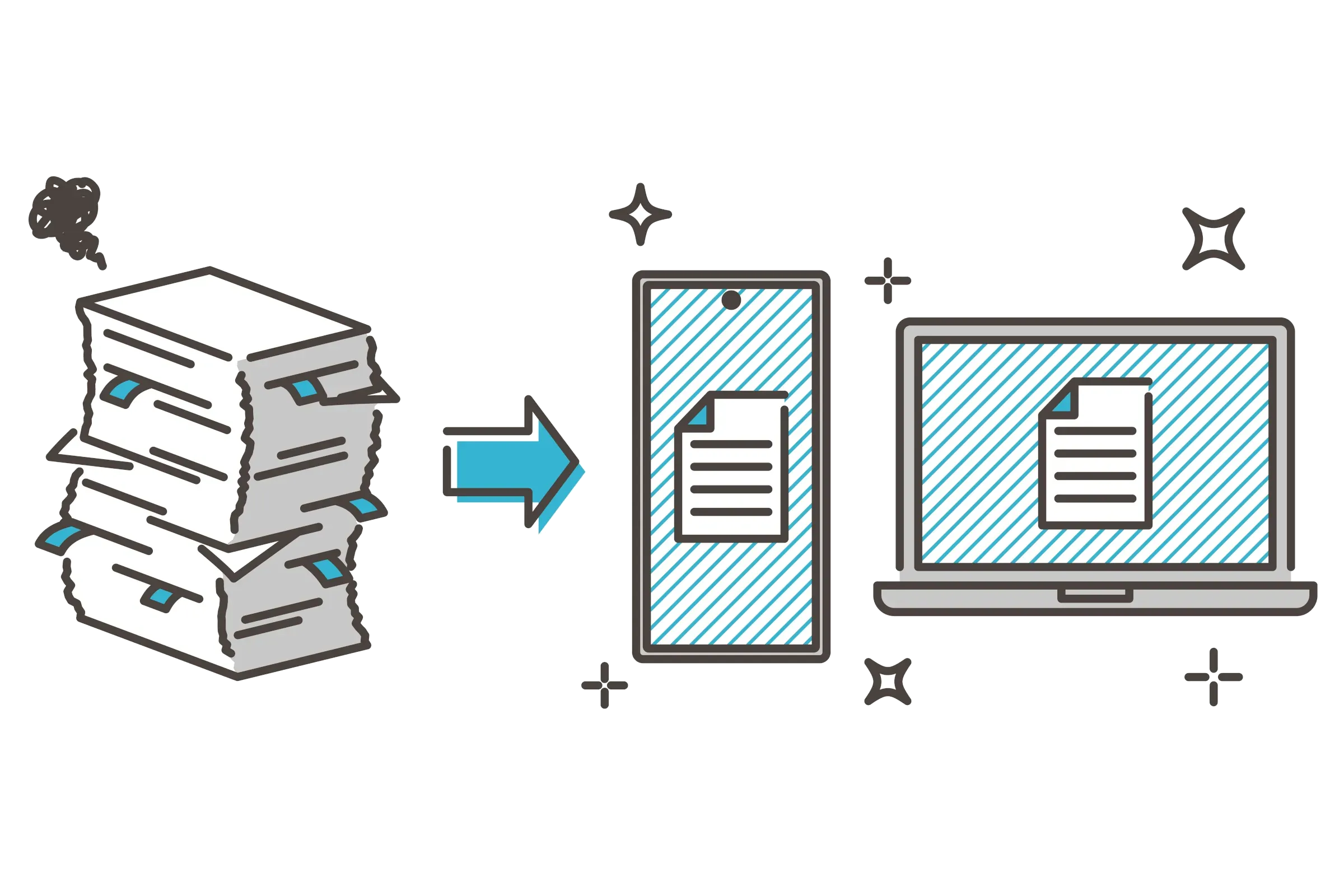For many cemeteries, decades and sometimes centuries of records exist only on paper. From index cards and ledgers to hand-drawn maps, these documents represent your cemetery’s history and inventory. But relying on them also creates real challenges: paper deteriorates, searching is slow, and inconsistencies creep in over time. Digitizing your records and maps ensures your cemetery’s data is preserved, accurate, and usable for generations to come.
Choosing What to Index
Most cemeteries keep multiple types of paper records including: owner cards, burial cards, lot books, deeds, maps, and contracts. Much of the information in these documents is duplicated, so digitizing one or two well-chosen set of records often covers a large portion of your needs. By wisely selecting one or two primary record sets as the foundation for your database of owners, burials, inventory, and financials, you can reduce effort while still building a complete system of record.
At the same time, you don’t want to lose the valuable details contained in your other documents. The best approach is to scan and link them to the core records you’ve chosen, ensuring their information is preserved while keeping the overall project manageable.
Deciding What to Capture
The reality is that you don’t need every field from every record in your database. The question is which fields are truly important in a system that needs to do much more than store data. The right fields should allow you to:
- Be easily discoverable through search and reporting
- Stand up to audits and reviews
- Provide clear, shareable information for families through public-facing tools
- Integrate or synchronize with financial information
- Drive day-to-day cemetery operations and decision making
By focusing on capturing only the fields that meet these criteria, you avoid wasted effort and end up with a database that is powerful, accurate, and sustainable. Supporting notes and details can still be preserved by linking scanned images of the original records to each entry, but the core of your system remains lean and useful.
Start with a Digital Map
Your digital map should serve as your source of truth of your property. Start by creating an accurate digital inventory of every space in your cemetery. From there, cross-reference your paper records to those locations. This process may uncover double-sold property, unrecorded burials, or available inventory you didn’t realize existed. By reconciling your records against a verified digital map, you ensure accuracy and confidence in your inventory.
If a full digital mapping project is not practical for your cemetery, creating a digital record of each space even without the mapping visual allows for the same cross referencing of your inventory to the paper records that are being entered. Either way, the goal is that a record is not entered from your paper documents without being matched to a known and verified piece of property inventory.
Interpreting the Paper
Digitization isn’t just mindless data entry – it requires interpretation. Handwritten notes, pen colors, and small markings can all carry important meaning. Optical character recognition (OCR) tools may capture text on a page, but they are often limited by handwriting styles and the varied layouts created by different record keepers. Experienced review is needed to translate those details into standardized, usable formats. This step is essential for preserving the intent and meaning behind the records, not just the words.
Quality Assurance
Every digitization project should include a strong QA process. Two sets of eyes should review new records as they’re entered, with a final review at the end. This extra step ensures accuracy, consistency, and confidence in the finished database.
Staffing and Capability Considerations
Cemeteries often underestimate the scope of digitization. Staff may lack the time, technical capability, or sheer bandwidth to take on a project of this size. Attempting it in-house can lead to frustration, delays, and incomplete results. Recognize these limitations early so you can set your project up for success.
Partnering with Experts
Digitization is not just about technology – it’s about process and expertise. At webCemeteries, we’ve spent nearly two decades helping cemeteries convert paper records, legacy systems, and maps into modern, accurate digital platforms. Our team has guided hundreds of projects to completion, bringing the right tools and knowledge to handle the challenges that inevitably arise. By working with a partner who understands cemeteries and digitization, you can complete your project efficiently and with confidence.
Frequently Asked Questions About Cemetery Recordkeeping
Related Articles
Articles related to the one you just read!
What are cemeterians saying about webCemeteries?
This [website] project was quite an odyssey with plenty of twists and turns. The webCemeteries website design team weathered the storm. I think it’s more than fair to say that without their efforts, we would not have gotten this over the finish line…and with such an excellent outcome.
Mark J. DePalma
Forest Lawn Buffalo



